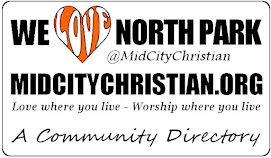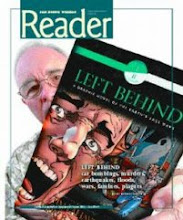
Thursday, June 22, 2017
Monks, memes, and medieval art
Monks, memes, and medieval art
The digitization of medieval illuminated manuscripts has made this art form widely available to modern audiences.
When
Johannes Gutenberg invented the printing press around 1440 in Germany,
everything changed. For the first time, words didn't have to be
meticulously hand-copied and multiple copies of books could be printed
at one time. The first book to be mass printed? The Bible. Finally the
sacred text, long the purview of monastics and the wealthy, became
available to everyone-regardless of class.
But the Bible had existed in print long before Gutenberg's printing press. In
the Middle Ages, it was largely monks who printed and bound books of
scripture-by hand. The process was painstaking. The results were
beautiful. They reproduced the words in delicate calligraphy, and images
accompanied the stories. Each page was a unique work of art and a
testament to the beauty of God's word.
Referred to
as "illuminated manuscripts," these books were not widely available. At
first they were used only for private worship in the monasteries where
they had been created. Some secrets can't be kept forever, though, and
soon members of the ruling class and high-ranking church officials
wanted their own illustrated texts. They began paying these monks to
create original copies of the Bible specifically for them.

Eventually
demand grew past the ability of monks to meet it, and by the 12th
century religious orders no longer had the monopoly on bookmaking.
Secular artists and scribes saw value in the manuscript-making business
and took up the craft. But each copy of the Bible took years to make, so
the manuscripts remained few and far between.
Today
perhaps the most famous remaining illuminated manuscript is the Book of
Kells, located at Trinity College in Dublin. Every year more than
500,000 visitors view the book, far more than ever would have seen the
manuscript when it was new. However, even given the Book of Kells'
popularity, you are still hard-pressed to find anyone who has seen an
illuminated manuscript in person. For centuries, these books remained
just as rare and precious as they had always been.
This
has changed, however, thanks to recent advancements in technology.
Scholars have begun teaming up with technological experts to scan
illuminated manuscripts, publish them online, and bring this art form to
the world. Today, people around the world can view medieval art and
come to appreciate what these manuscripts reveal about human history.
New audiences are coming to appreciate the monks' careful and
contemplative practice. These works are remarkable in how they translate
faith into art and bring to life the word of God.
Subscribe to:
Post Comments (Atom)





















No comments:
Post a Comment